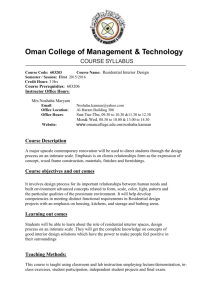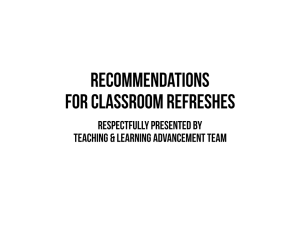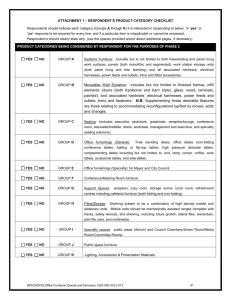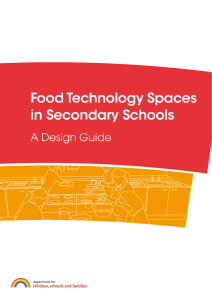Introduction:
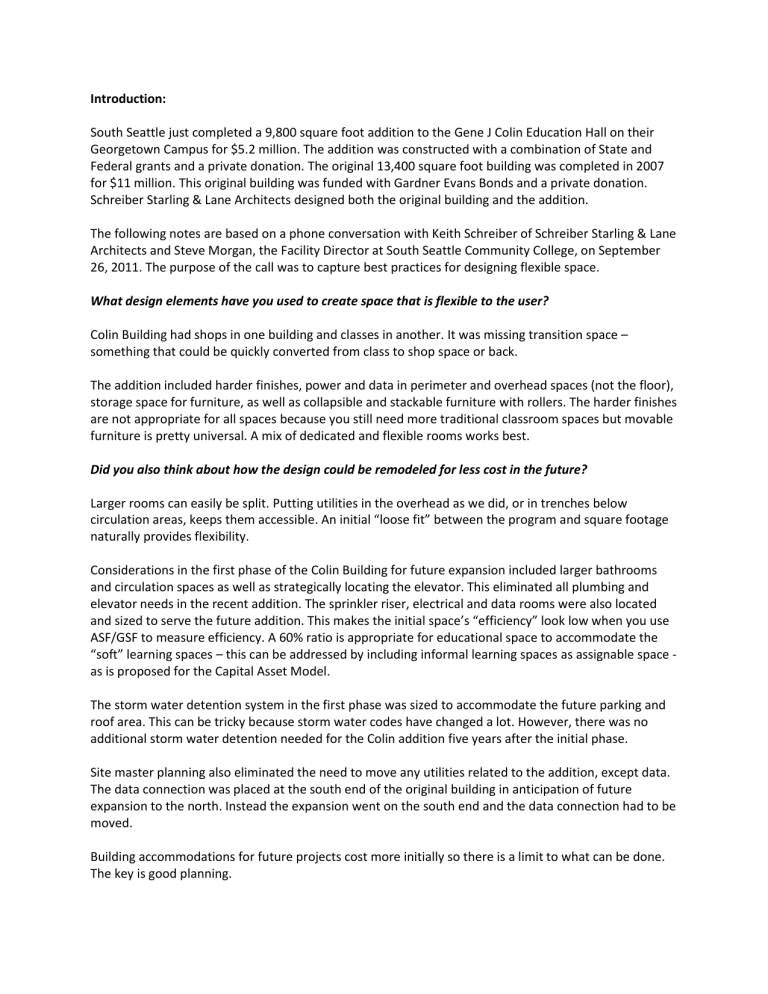
Introduction:
South Seattle just completed a 9,800 square foot addition to the Gene J Colin Education Hall on their
Georgetown Campus for $5.2 million. The addition was constructed with a combination of State and
Federal grants and a private donation. The original 13,400 square foot building was completed in 2007 for $11 million. This original building was funded with Gardner Evans Bonds and a private donation.
Schreiber Starling & Lane Architects designed both the original building and the addition.
The following notes are based on a phone conversation with Keith Schreiber of Schreiber Starling & Lane
Architects and Steve Morgan, the Facility Director at South Seattle Community College, on September
26, 2011. The purpose of the call was to capture best practices for designing flexible space.
What design elements have you used to create space that is flexible to the user?
Colin Building had shops in one building and classes in another. It was missing transition space – something that could be quickly converted from class to shop space or back.
The addition included harder finishes, power and data in perimeter and overhead spaces (not the floor), storage space for furniture, as well as collapsible and stackable furniture with rollers. The harder finishes are not appropriate for all spaces because you still need more traditional classroom spaces but movable furniture is pretty universal. A mix of dedicated and flexible rooms works best.
Did you also think about how the design could be remodeled for less cost in the future?
Larger rooms can easily be split. Putting utilities in the overhead as we did, or in trenches below circulation areas, keeps them accessible. An initial “loose fit” between the program and square footage naturally provides flexibility.
Considerations in the first phase of the Colin Building for future expansion included larger bathrooms and circulation spaces as well as strategically locating the elevator. This eliminated all plumbing and elevator needs in the recent addition. The sprinkler riser, electrical and data rooms were also located and sized to serve the future addition. This makes the initial space’s “efficiency” look low when you use
ASF/GSF to measure efficiency. A 60% ratio is appropriate for educational space to accommodate the
“soft” learning spaces – this can be addressed by including informal learning spaces as assignable space - as is proposed for the Capital Asset Model.
The storm water detention system in the first phase was sized to accommodate the future parking and roof area. This can be tricky because storm water codes have changed a lot. However, there was no additional storm water detention needed for the Colin addition five years after the initial phase.
Site master planning also eliminated the need to move any utilities related to the addition, except data.
The data connection was placed at the south end of the original building in anticipation of future expansion to the north. Instead the expansion went on the south end and the data connection had to be moved.
Building accommodations for future projects cost more initially so there is a limit to what can be done.
The key is good planning.
Overhead Utilities
Retractable Screens
Furniture Storage
Rolling Furniture
Hard Finishes
Informal Learning Space


